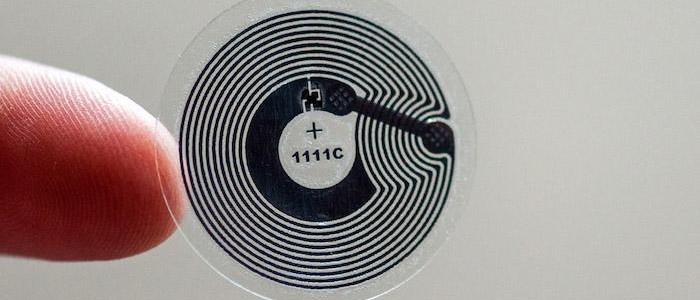Imagine living in a world where we will be able to access the web in physical form in which everything will have a digital signature. Through NFC (Near Field Communication), we will be able to have access to all types of information on products, landmarks, services and even people.
Like many tagging systems, NFC tags do not have any type of power source attached to them so they can be transferable to any device and the most convenient method is in the form of a self-adhesive label. Thanks to magnetic induction, which the technology uses, NFC embedded labels draw power away from the device that reads them, in order to function. As the reader gets close enough to a label with an NFC tag incorporated, it will be energized and then can transfer any data from that tag. In a way, these NFC tags are similar to Wi-Fi and Bluetooth but the main difference is that they operate at low speeds and only at a short radius before losing connection to a device. Crucially though, this makes them cost-effective to mass-produce.
This is not the future, this is now. With readers built into smartphones and games consoles, development in apps is growing rapidly to exploit them, so NFC tags can now be used in more conventional ways which are creating a lot of interest. These tags are being used along with other devices; at home, in the car, to turn on your computer remotely and even on your set of keys.
Now NFC tags are beginning to realise their potential out into mainstream products like mobile phones and paying points. With an NFC chip you can use your smartphone to make contactless payments at NFC fast food chains, your favourite retail shops, parking points, taxis and many other places.
Here at ALS we provide labelling machines that can apply NFC self-adhesive tags to your products, manufacture NFC embedded labels and provide a contract labelling service to apply NFC tags to your product packaging, as we look to embrace all new forms of labelling in order to grow as a business.
